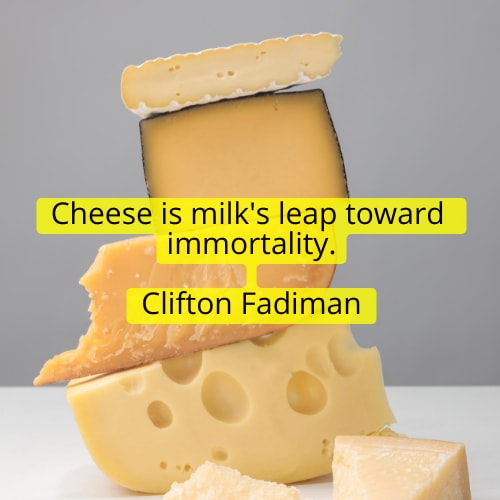COLUMN: Without fungi — no cheese, no wine, no food, no forests
If you’re celebrating the festive season with cheese, bread and a glass of wine, beer or kombucha followed by chocolate, it might be a good time to think about fungi. It’s what makes all those tasty items possible!
In fact, almost all food production relies on fungi. Most plants need it to obtain nutrients and water. Trees and other plants in a forest connect through intricate fungal, or mycorrhizal, networks of tiny mycelium threads that transfer nutrients, water and information between them, and that facilitate decomposition, without which life couldn’t go on.
All fermented foods — including beer, wine, chocolate, cheese, bread, soy sauce and tofu — require yeasts, a single-celled fungus. Fungi have also been indispensable in preserving foods. And cows and other ruminants need gut fungi to break down grass.
“They are also to be thanked for many of the important medical breakthroughs in human history that treat both physical and mental ailments, for naturally sequestering and slowly releasing carbon, for optimizing industrial processes, and so much more,” a Guardian article reports.
Fungi fascination is spreading — from the popularity of gut-healthy fermented foods to fungi’s potential to help solve a range of environmental problems to research into mental health treatments using psychoactive mushrooms. But many people don’t go much deeper than momentary wonder at a brilliant red and white-spotted Amanita muscaria while walking in the forest, or repulsion at mould on bread.
For something so critical to all life, it’s surprising how much we have yet to learn about fungi and how much of our scientific knowledge is relatively recent — although many Indigenous Peoples have long known much of what Western scientists are now discovering about fungi and mycorrhizal networks and their roles in ecosystems.
Until 1969, Western botanists classified fungi as plants. Now we know they’re more closely related to animals but are in their own class….
..


